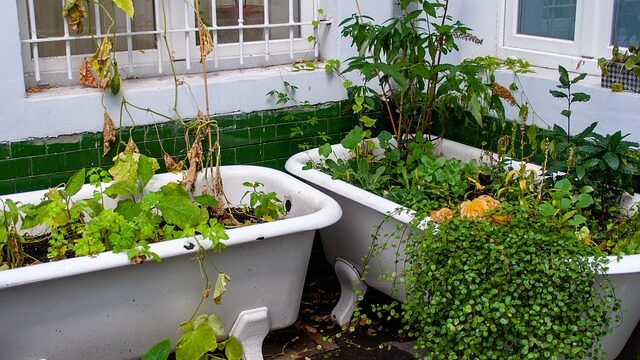
Gardening for people our age, sixty-something, is all about joy, ease, and smart choices. After a lifetime of work, our bodies may not be as strong or flexible as they once were—but I think we’ve earned a garden that’s kind to our joints, gentle on our energy, and generous with harvests.
Why would you want that? If you are like me getting outside and moving helps with both my mental health and fitness. It keeps me happily occupied. And best of all—it keeps my dinner plate full of fresh organic produce. With this mind I have researched and written a list of some tips that I hope you will find useful. So enjoy!
Start Small and Smart
A flourishing garden doesn’t have to be big. Start with a single 4×4 raised bed or a few containers on a patio. A small setup delivers quick wins, avoids overwhelm, and teaches you what works best in your climate and lifestyle.
Keep a “garden journal.” Note what you planted, how much water it needed, and when you harvested. Over a season or two, you’ll discover which crops reward you with the least effort.
Make Your Garden Layout Friendly
Design your space to work with your body, not against it.
- Paths: At least 36 inches wide for walkers or carts.
- Surfaces: Use non-slip mats, gravel, or pavers.
- Edges: Clearly mark borders to prevent tripping.
Think about sunlight too. Place seating areas under a tree or shade sail, and keep high-water-need plants closer to your water source so you save steps.
Raised Beds and Containers for Comfort
Raised beds (24–30 inches tall) and containers on rolling plant caddies reduce bending, protect knees, and make gardening accessible. Stock tanks, cinder blocks, or recycled tubs are affordable options.
Try “salad bar gardening.” Plant several lettuces, radishes, and herbs in a single raised bed. You’ll have fresh greens within weeks, and because you harvest a little at a time, plants keep producing longer.
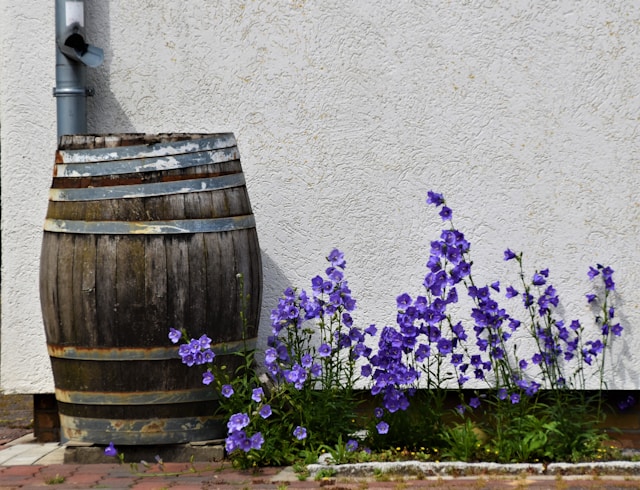
Soil and Water Made Simple
Skip the heavy digging. No-dig gardening builds soil health with less effort: lay cardboard, cover with compost, and plant directly. Mulch heavily to retain water and smother weeds. This is especially so if you have clay. My back and hip know. After six years of digging it over, the clay ruined them. It is extremely hard work.
Install a simple rain barrel with a spigot near your beds. It saves trips with a watering can and lowers your water bill. Pair with a soaker hose for hands-free watering.
Joint-Friendly Tools and Techniques
Protect your joints with ergonomic tools and body-smart movements.
- Tools: Ratcheting pruners, long-handled weeders, and rolling garden seats.
- Techniques: Hinge at the hips, keep tools close, and alternate hands.
- Use color-coded tool handles (wrap with tape or paint) so they’re easy to spot in grass or soil. Losing tools means more bending and wasted energy.
What to Grow First
Pick forgiving plants that give back with little fuss: leafy greens, cherry tomatoes, bush beans, and herbs. Add perennials like asparagus or strawberries for “set it and forget it” harvests. Choose “cut-and-come-again” crops—like leaf lettuce or kale—that regrow after each harvest. You’ll stretch your yields without replanting.
Flowers That Give Back
Easy flowers brighten your space and feed pollinators: lavender, black-eyed Susan, daylilies, and native perennials.
Plant fragrant flowers (lavender, roses, honeysuckle) near seating areas. You’ll enjoy their scent up close without extra effort.
Grow Up, Not Out
Vertical gardening reduces bending and saves space. Trellises, cages, and arches work beautifully for beans, cucumbers, or small squash.
A cattle panel arch (two panels bent and tied together) creates a tunnel of vines you can walk through. It’s both beautiful and practical—harvests are at shoulder height.
Weed and Pest Control Without Strain
Weeding and pests don’t have to be battles.
- Mulch to block most weeds.
- Hoe quickly once a week before weeds grow big.
- Use row covers and insecticidal soap for pests.
Keep a bucket of wood ashes or crushed eggshells handy. Sprinkle around plants to deter slugs and snails—no bending required if you use a hand scoop.
Seasonal Rhythm for Ease
Every season has its rhythm:
- Spring: Start small crops and prep soil.
- Summer: Water early, mulch more, and harvest often.
- Autumn: Clear spent plants, sow cover crops, and mulch.
- Winter: Rest, plan, and grow windowsill herbs.
Consider planting according to “zones of energy.” Do easy, low-maintenance crops in farther corners, and high-need crops like tomatoes close to the house for convenience.
Staying Safe and Comfortable
Safety is essential.
- Work in mornings or evenings to avoid heat.
- Wear supportive shoes and wide-brimmed hats.
- Use ramps, handrails, or at least one raised bed on legs for seated gardening.
Keep a small first-aid kit (bandages, antiseptic wipes) in a waterproof container near the garden. Cuts and scratches happen quickly, and having supplies nearby avoids unnecessary strain.
Gardening on a Budget (and With Friends)
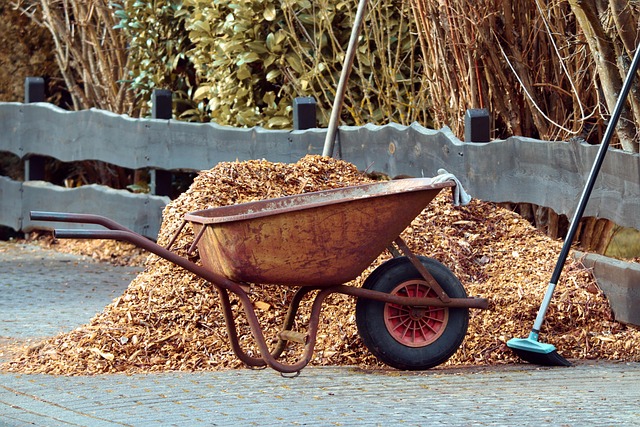
Gardening doesn’t have to be expensive.
- Collect free wood chips, share seeds, and repurpose containers.
- Borrow tools from a community tool library.
- Trade tasks with neighbors or invite grandchildren to help plant.
Join a seed swap or plant exchange in your community. It saves money, introduces you to new varieties, and connects you socially—a win for health and happiness.
Simple 7-Day Jumpstart
Starting a garden doesn’t have to be overwhelming. This 7-day jumpstart plan breaks it into small, achievable steps so you can enjoy progress without strain. Each day focuses on one main task, keeping sessions short and gentle.
Day 1: Clear the Area
- Walk around your chosen garden space and remove obvious debris: rocks, sticks, or fallen branches.
- Pull any large weeds by hand or with a long-handled weeder.
- Keep your tools close and take breaks often—don’t overreach or twist your back.
- Optional: Lay down a tarp to collect debris and make cleanup easy.
Day 2: Lay the Cardboard
- Flatten cardboard boxes or sheets and cover the cleared soil. This suppresses grass and weeds naturally.
- Overlap edges slightly so no gaps remain.
- Wet the cardboard thoroughly—it will start to break down and enrich your soil.
- Gentle tip: Sit on a garden stool or kneel with a soft pad to protect your knees.
Day 3: Add Soil and Compost
- Spread 3–6 inches of good-quality compost or a light soil mix over the cardboard.
- Smooth it gently with your hands or a lightweight hoe—avoid heavy shoveling.
- Optional: Mix in a slow-release organic fertilizer if desired.
- Take breaks and sip water frequently to stay comfortable.
Day 4: Set Up Irrigation
- Lay a soaker hose or drip irrigation line over your beds.
- Connect to a hose or timer if you have one. This saves bending and makes watering effortless.
- Test it for leaks and coverage so every plant will get enough moisture.
Day 5: Plant Your First Crops
- Choose easy, low-maintenance plants: herbs (basil, chives, parsley), salad greens, radishes, or cherry tomatoes.
- Dig small holes gently with a trowel or Hori-Hori knife.
- Place plants or seeds carefully and fill the holes with soil.
- Water lightly after planting to help roots settle.
Day 6: Mulch the Beds
- Spread 2–4 inches of straw, shredded leaves, or wood chips around your plants.
- Keep mulch about a hand’s width away from stems to prevent rot.
- Mulching reduces weeds, keeps soil moist, and keeps your garden looking tidy.
Day 7: Rest and Observe
- Take a day to simply enjoy your new garden. Sit on a bench or garden stool and notice your progress.
- Make a list of any tasks you noticed—extra watering, minor weeding, or support for plants.
- Reflect on how your garden feels and note anything you’d adjust for next week.
✅ Tips for Success:
- Keep each session under 30 minutes at first to avoid fatigue.
- Listen to your body—pain is a signal to pause.
- Celebrate small victories: a cleared patch, a newly planted herb, or a mulched bed.
This step-by-step jumpstart sets the foundation for a low-stress, high-reward gardening routine for sixty-somethings. After these seven days, you’ll be ready to move into your regular maintenance schedule with confidence and comfort.
Troubleshooting Common Issues
- Back/knee pain? Raise beds higher, use kneeling pads, or garden from a stool.
- Yellow leaves? Likely overwatering—check before you water.
- Slow growth? Add compost and make sure plants get 6 hours of sun.
- Pests? Use row covers or harvest earlier.
If watering is tough, group plants with similar water needs together. This way, you won’t over- or under-water different crops.
Final Thoughts
Above all, let your garden serve you. Gardening for sixty something people should feel like comfort, not contest. It gets you outside, keeps you moving, occupies your hands and mind, and rewards you with fresh, organic food on your plate. With easy techniques, useful tools, and a layout built for your body, you can grow more with less strain—and enjoy every season.
If you have health conditions, ask your clinician what movements to avoid, then build your garden around that guidance. Short sessions, gentle motions, and plenty of breaks will keep you feeling good and coming back for more.
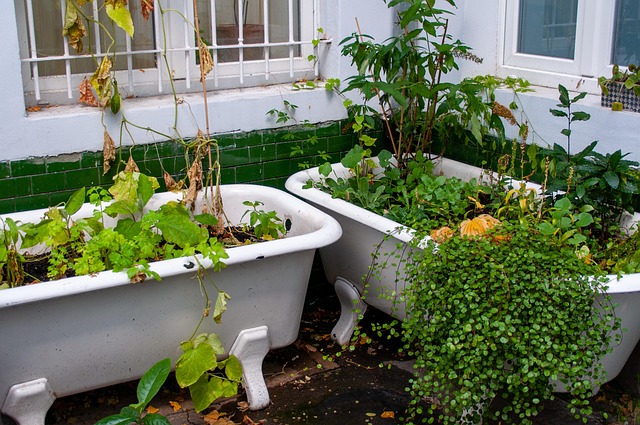
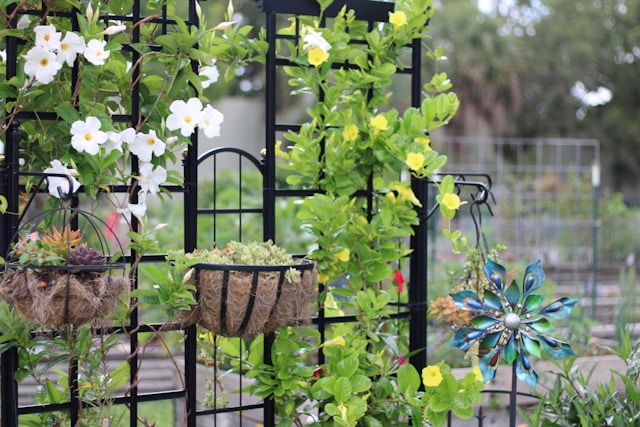
1 thought on “Gardening for Sixty-Somethings: Easy Tips”